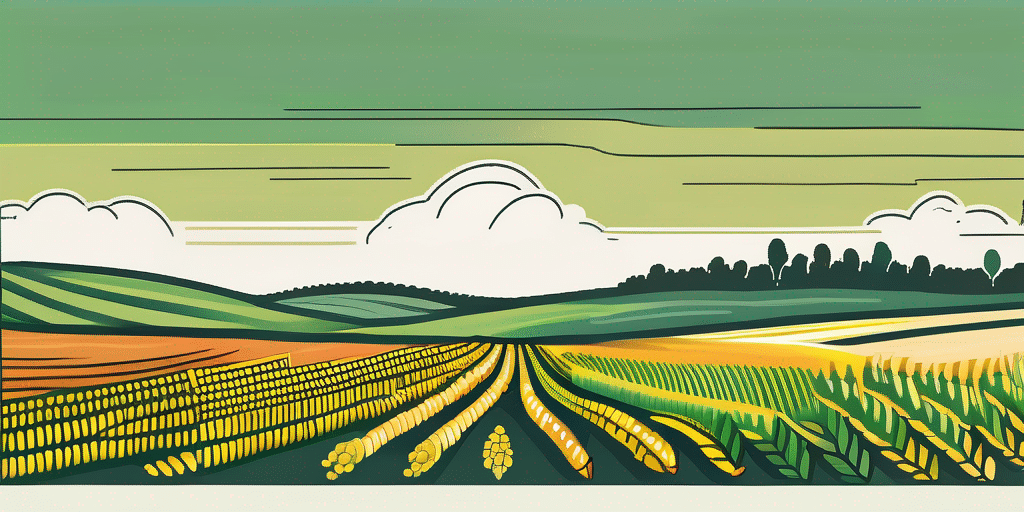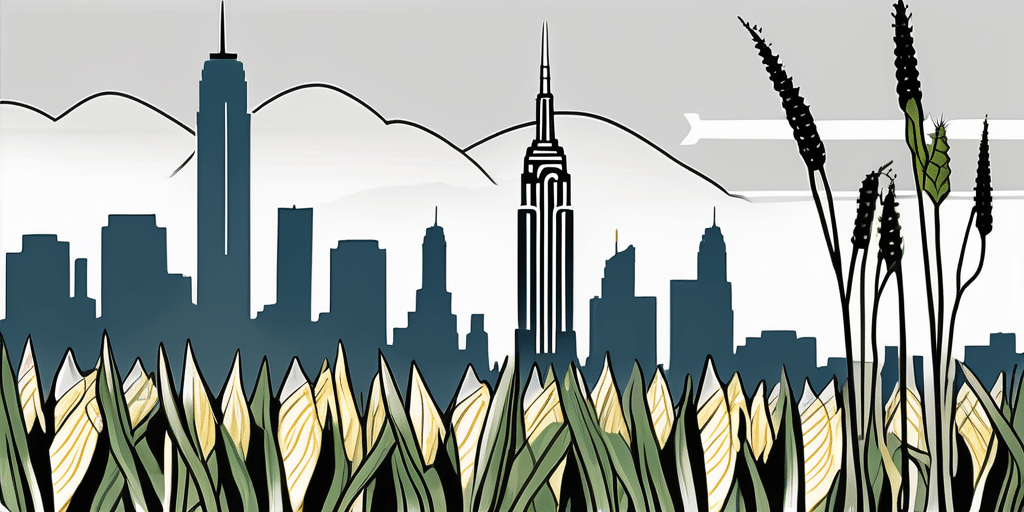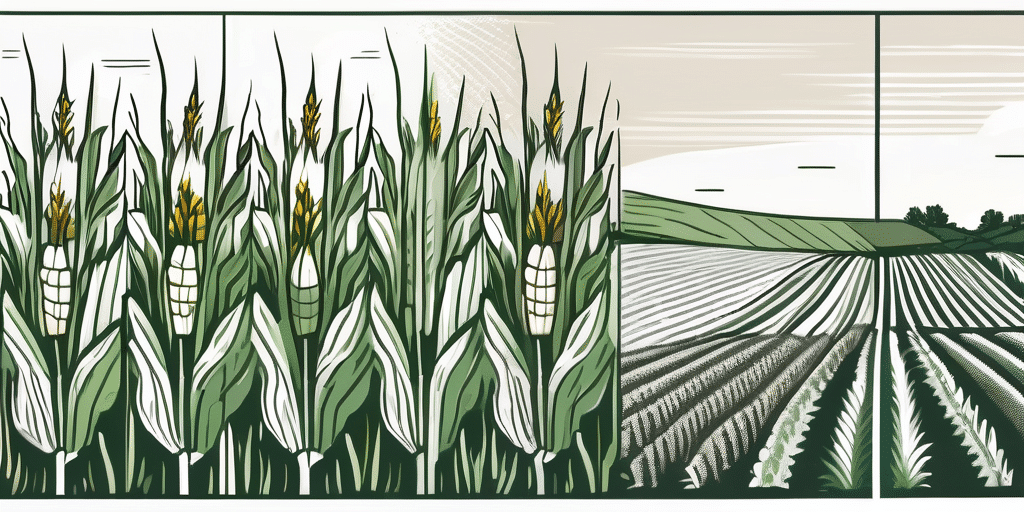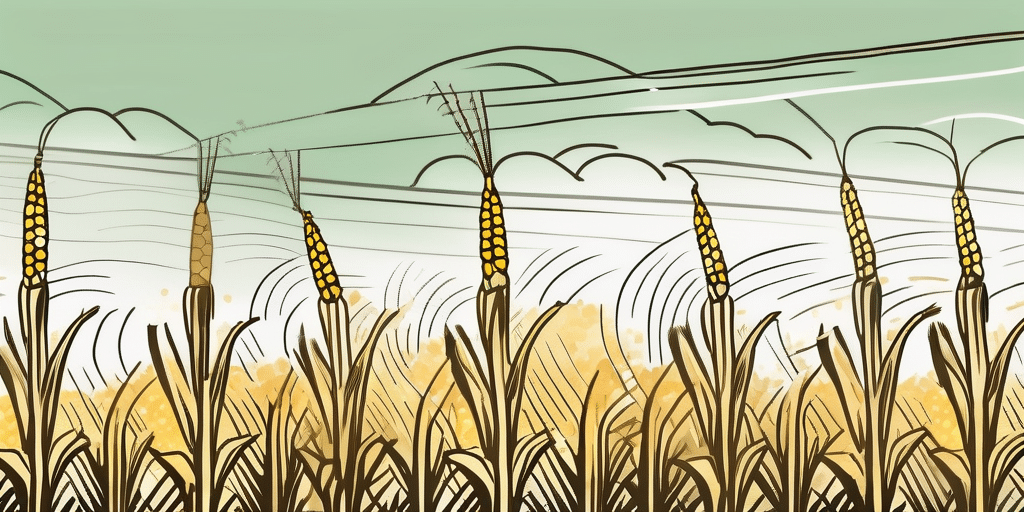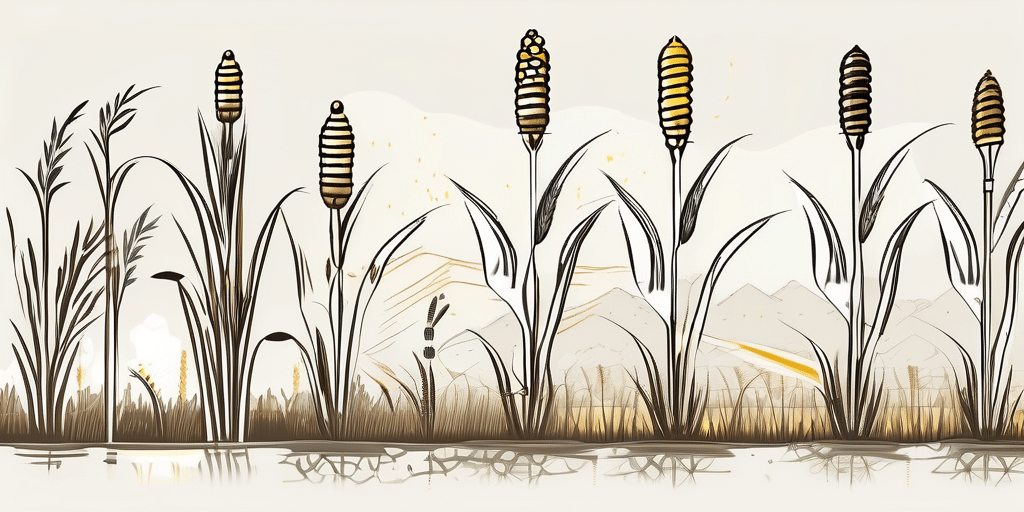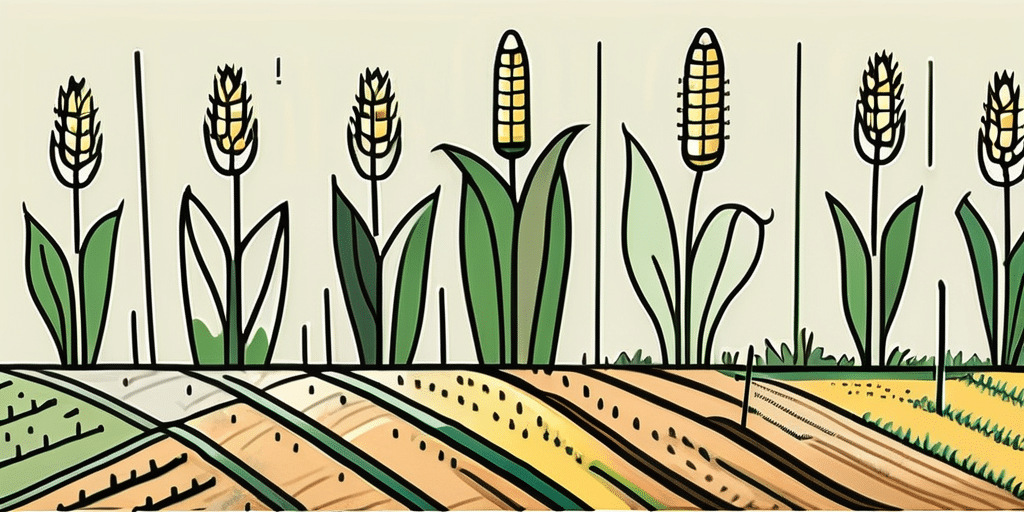Serendipity Corn is a popular variety of corn that is well-suited for growing in Pennsylvania. This article will provide you with all the information you need to successfully grow Serendipity Corn in your own backyard. From when to plant to when to harvest, we’ve got you covered!
Climate & Hardiness Zones in Pennsylvania
Before we dive into the specifics of growing Serendipity Corn, let’s first talk about the climate and hardiness zones in Pennsylvania. Pennsylvania is located in USDA hardiness zones 5a to 7b, which means it experiences a wide range of temperatures throughout the year. This makes it a suitable climate for growing corn, including Serendipity Corn.
Pennsylvania’s diverse climate is influenced by its geography, with the Appalachian Mountains running through the state and impacting weather patterns. The western part of the state tends to have a more continental climate, with hot summers and cold winters, while the eastern part has a more moderate climate due to its proximity to the Atlantic Ocean. This variation in climate across the state provides opportunities for a wide range of crops to thrive, including corn varieties like Serendipity Corn.
In addition to its climate, Pennsylvania’s hardiness zones also play a crucial role in determining what plants can grow successfully in the state. Hardiness zones are based on average annual minimum winter temperatures, with lower numbers indicating colder temperatures. The range of hardiness zones in Pennsylvania reflects the state’s diverse landscape, from the cooler temperatures in the northern regions to the milder conditions in the southern parts of the state. Understanding these zones is essential for gardeners and farmers alike to select the right plants for their specific growing conditions.
When to Plant Serendipity Corn in Pennsylvania
The timing of when to plant Serendipity Corn in Pennsylvania is crucial for a successful harvest. Generally, the best time to plant Serendipity Corn is in late spring or early summer when the soil temperature reaches at least 50 degrees Fahrenheit. This usually occurs around mid-April to early May in most parts of Pennsylvania.
However, it’s important to note that the exact planting date may vary depending on your specific location within Pennsylvania. To determine the ideal planting time, it’s recommended to consult your local agricultural extension office or refer to the Pennsylvania State University’s agricultural calendar.
When preparing to plant Serendipity Corn, it’s essential to ensure that the soil is well-drained and rich in organic matter. Corn is a heavy feeder, meaning it requires a significant amount of nutrients to thrive. Consider conducting a soil test to determine if any amendments are needed to optimize the growing conditions for your corn crop.
In addition to soil preparation, selecting the right variety of Serendipity Corn for your region is key to a successful harvest. Factors such as days to maturity, disease resistance, and yield potential should all be taken into account when choosing the seed variety. Consulting with local farmers or agricultural experts can provide valuable insights into which Serendipity Corn cultivars perform best in Pennsylvania’s climate and soil conditions.
When to Harvest or Pick Serendipity Corn in Pennsylvania
After patiently waiting for your Serendipity Corn to grow, it’s important to know when it’s time to harvest or pick the ears. The timing of the harvest can greatly impact the taste and sweetness of the corn.
On average, Serendipity Corn takes about 75 to 85 days to reach maturity. A good indicator that your corn is ready to be harvested is when the corn silk turns brown and dry, and the kernels are plump and milky when you press them with your fingernail.
It’s best to harvest Serendipity Corn in the early morning when the temperatures are cooler. This helps preserve the sweetness and flavor of the corn. Once harvested, it’s recommended to consume the corn as soon as possible for the best taste and texture.
When harvesting Serendipity Corn, it’s essential to use a sharp knife to cut the ears from the stalk. Make sure to hold the corn stalk with one hand and cut the ear off with the other hand, as close to the stalk as possible. This method helps prevent damage to the plant and ensures a clean cut for optimal preservation of the corn.
After harvesting your Serendipity Corn, you can store the ears in the refrigerator for a few days to maintain their freshness. To store the corn for a longer period, you can blanch the ears and freeze them for future use. Blanching involves boiling the corn for a few minutes and then cooling it rapidly in ice water before freezing. This process helps lock in the flavor and nutrients of the corn for extended storage.
Frequently Asked Questions
Now, let’s address some frequently asked questions about growing Serendipity Corn in Pennsylvania:
Q: Can I grow Serendipity Corn in containers or pots?
A: While it’s possible to grow Serendipity Corn in containers or pots, it’s important to note that corn plants can grow quite tall and require ample space for their roots. If you choose to grow Serendipity Corn in containers, make sure to select large pots with good drainage and provide support for the plants as they grow.
Q: How much sunlight does Serendipity Corn need?
A: Serendipity Corn is a sun-loving plant and requires at least 6 to 8 hours of direct sunlight per day to thrive. Make sure to choose a sunny spot in your garden or yard to plant your corn.
Q: Do I need to fertilize Serendipity Corn?
A: Corn plants are heavy feeders, so it’s beneficial to fertilize your Serendipity Corn to ensure optimal growth and yield. It’s recommended to apply a balanced fertilizer, such as a 10-10-10 formula, when planting and again when the plants reach about knee high. Follow the instructions on the fertilizer packaging for proper application.
Q: How often should I water Serendipity Corn?
A: Corn plants require regular watering, especially during hot and dry periods. Aim to provide about 1 inch of water per week, either through rainfall or supplemental irrigation. It’s best to water deeply and infrequently, allowing the soil to dry slightly between waterings.
Q: Are there any common pests or diseases that affect Serendipity Corn?
A: Yes, there are several pests and diseases that can affect Serendipity Corn. Common pests include corn earworms, armyworms, and corn borers. It’s important to regularly inspect your plants and take appropriate measures, such as applying organic insecticides or using physical barriers, to prevent pest infestations. As for diseases, common ones include common rust, Southern corn leaf blight, or corn smut. To prevent or manage these diseases, practice crop rotation and choose disease-resistant varieties if available.
Now that you have all the information you need, it’s time to get started on growing your own Serendipity Corn in Pennsylvania. With proper care and attention, you’ll soon be enjoying delicious, homegrown corn straight from your backyard!
When it comes to selecting the perfect spot for your Serendipity Corn, consider the wind patterns in your area. Corn plants are wind-pollinated, so it’s important to choose a location that is sheltered from strong winds. This will help ensure successful pollination and maximize your corn yield.
In addition to wind, another factor to consider is the soil quality. Serendipity Corn thrives in well-draining soil that is rich in organic matter. Before planting, it’s a good idea to amend your soil with compost or well-rotted manure to improve its fertility and structure. This will provide your corn plants with the nutrients they need for healthy growth.
Join the How to Grow Everything Community
Ready to take your gardening skills to the next level? Subscribe for free to How to Grow Everything and learn how to build the garden of your dreams! Receive personalized gardening advice tailored to your Pennsylvania location, hardiness zone, and experience level. We’re here to help you grow Serendipity Corn and much more, with no spam, just the best gardening tips and exclusive deals delivered straight to your inbox. Join our family of garden enthusiasts and enjoy thousands of free growing and gardening articles. It’s 100% free – start transforming your garden today!

